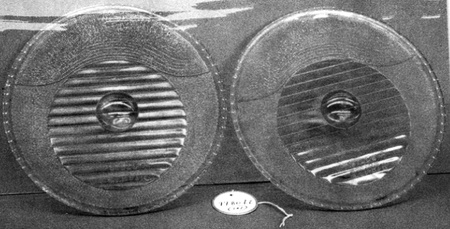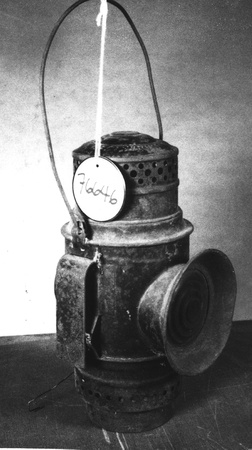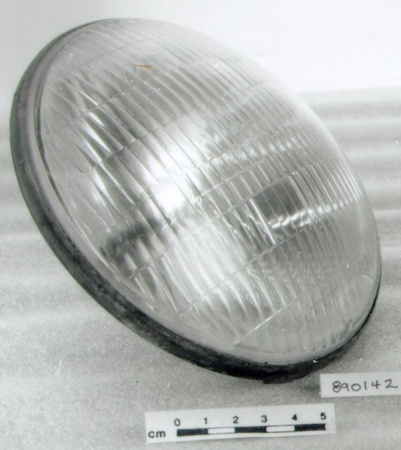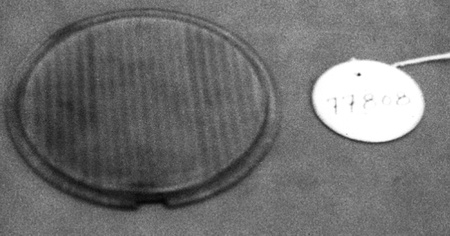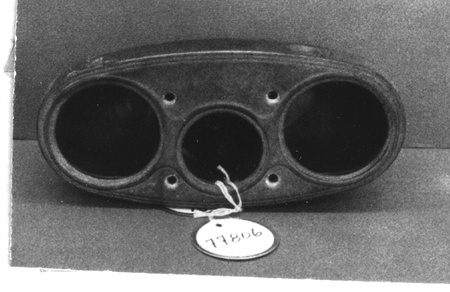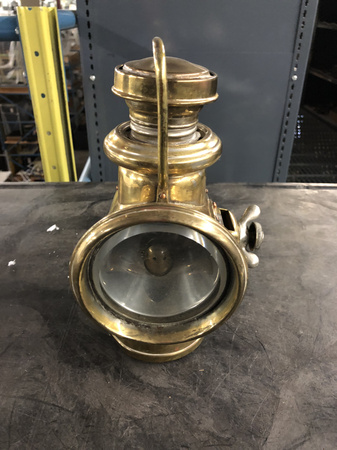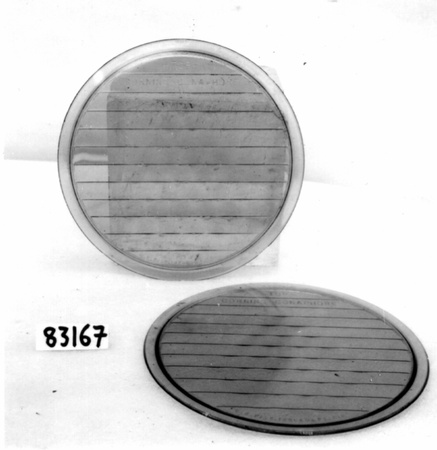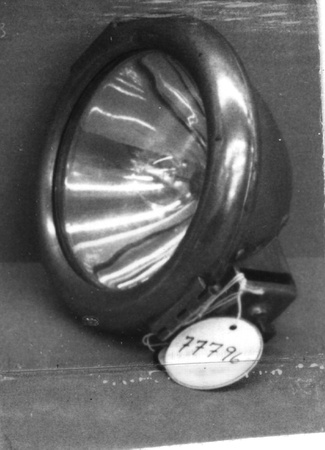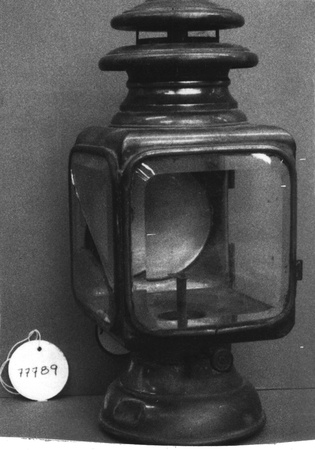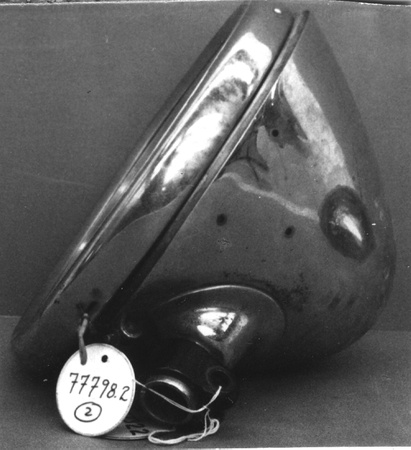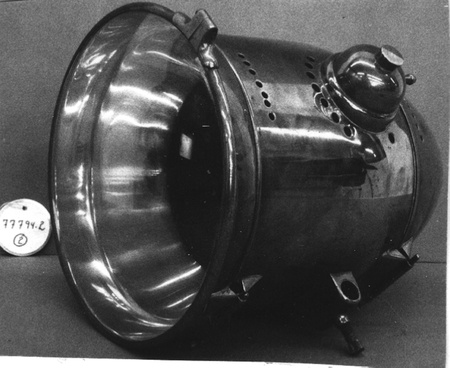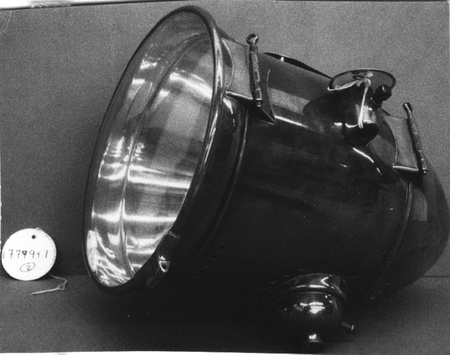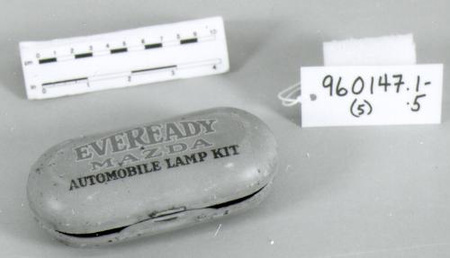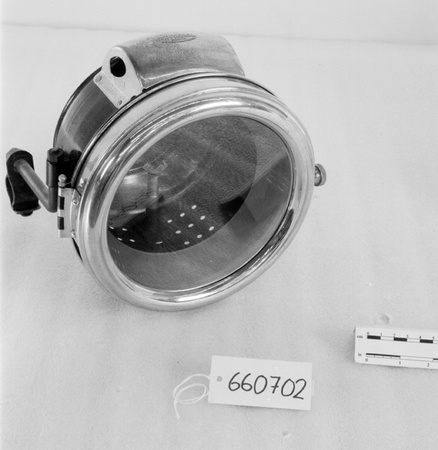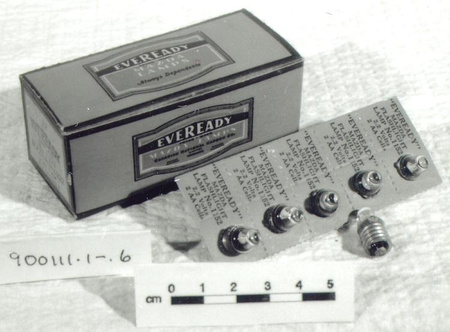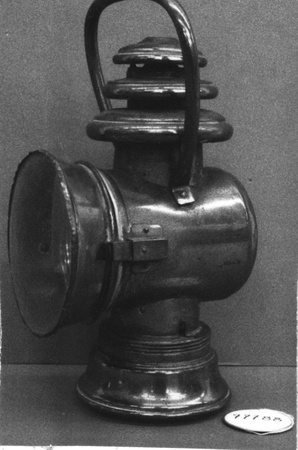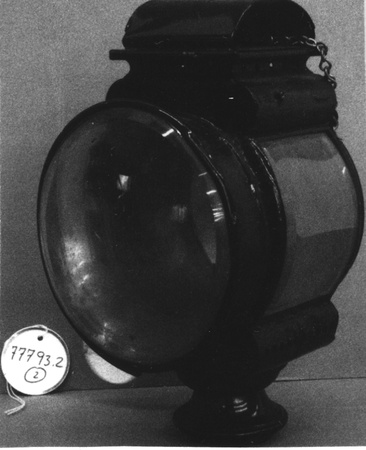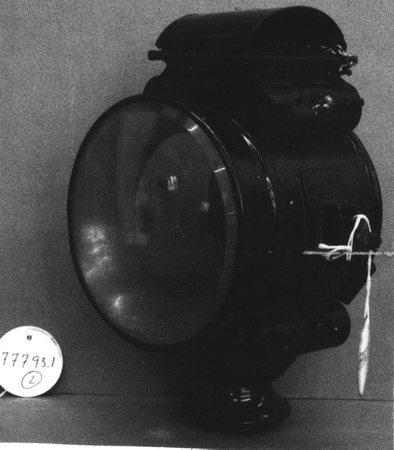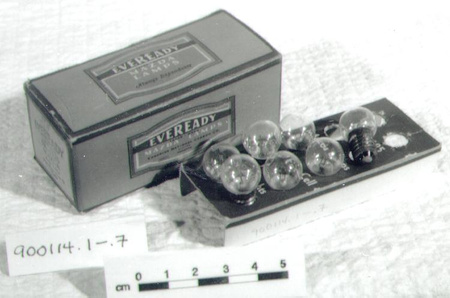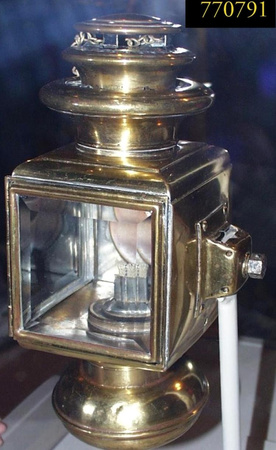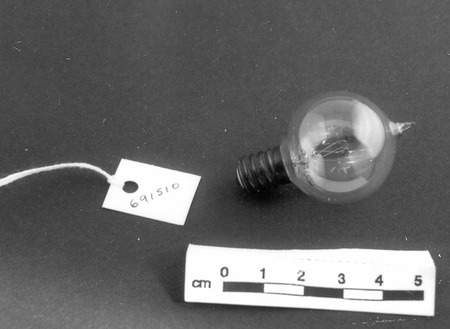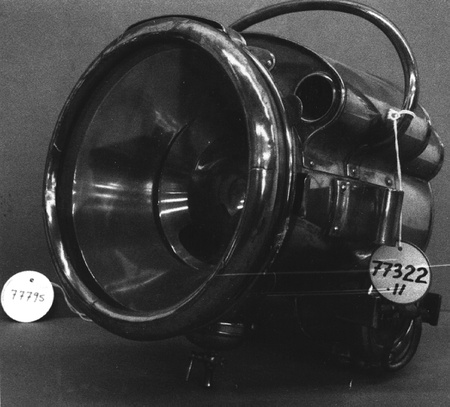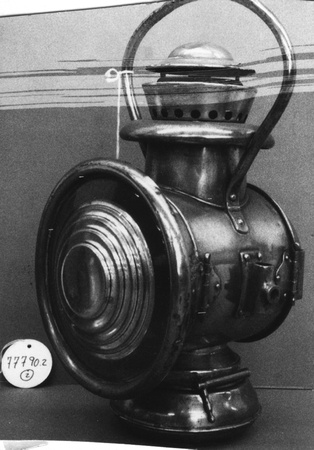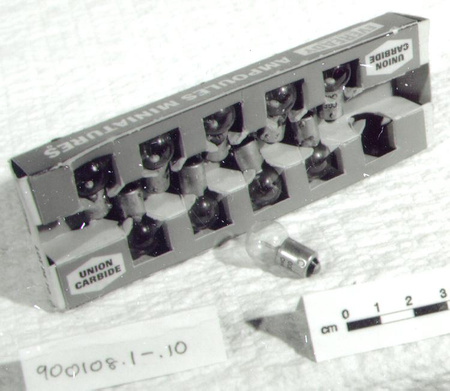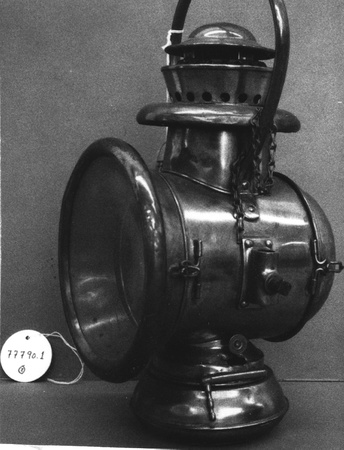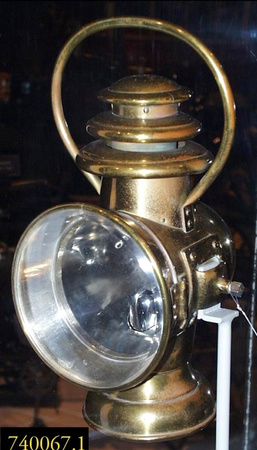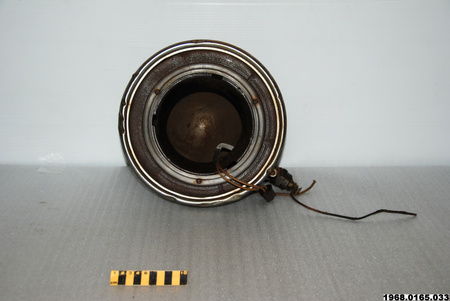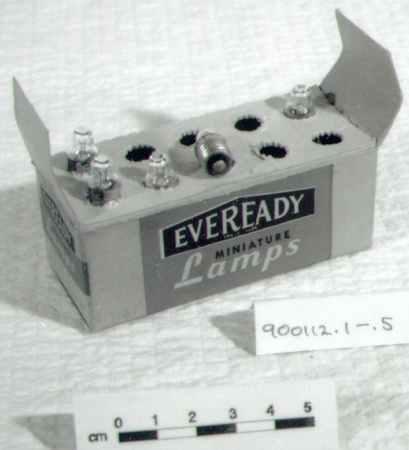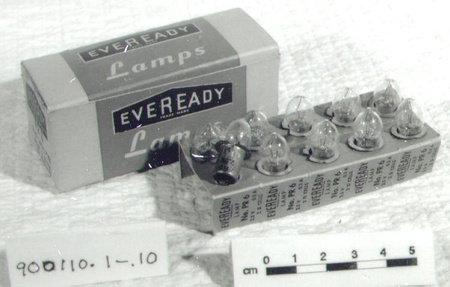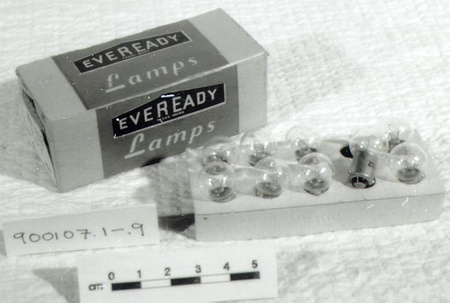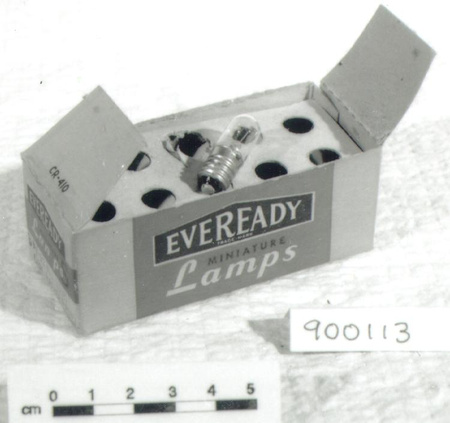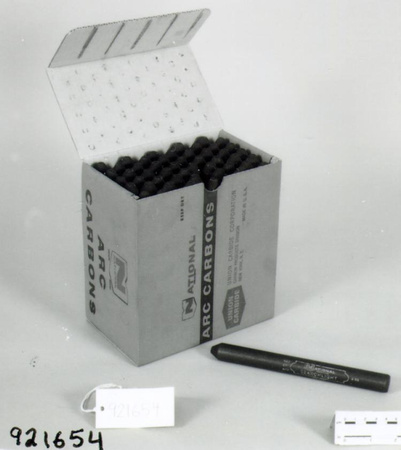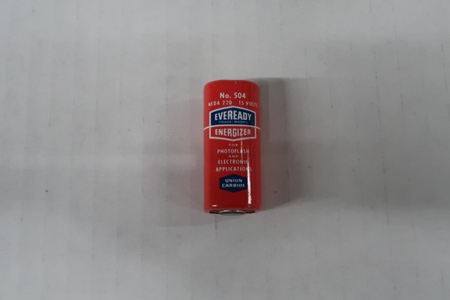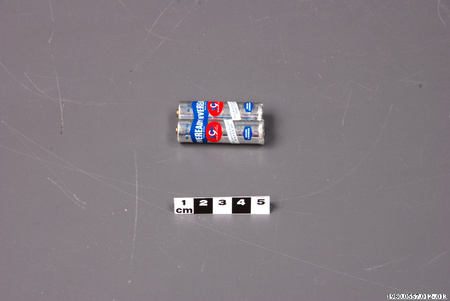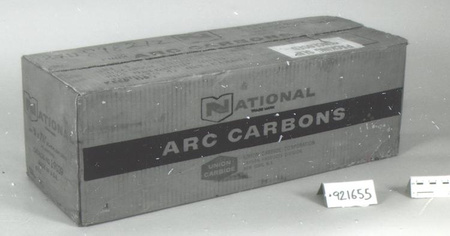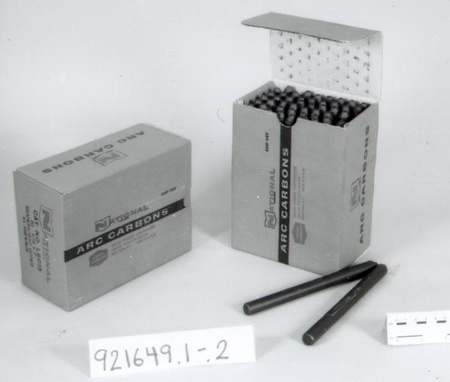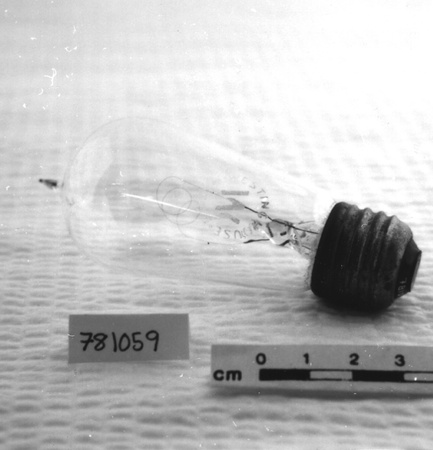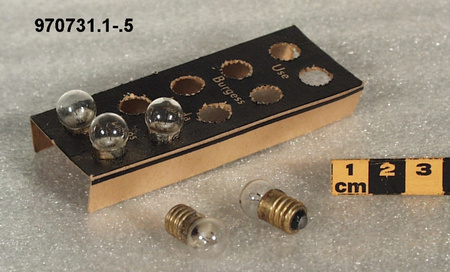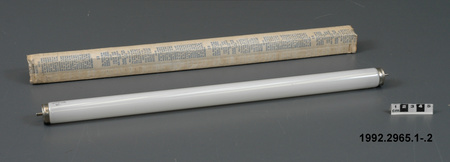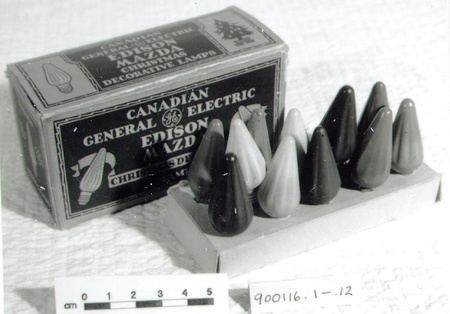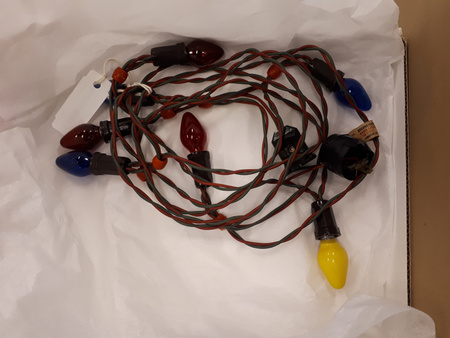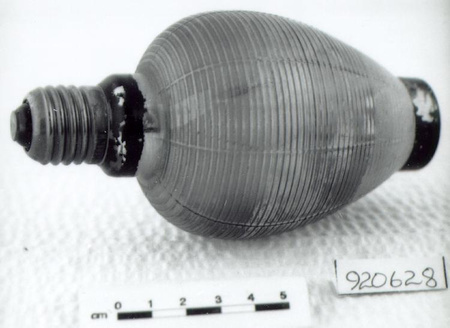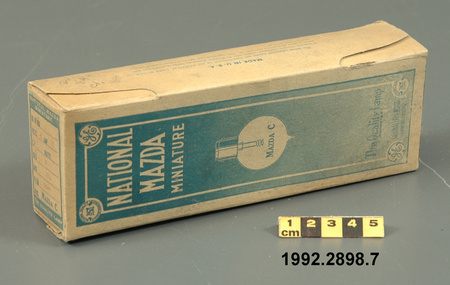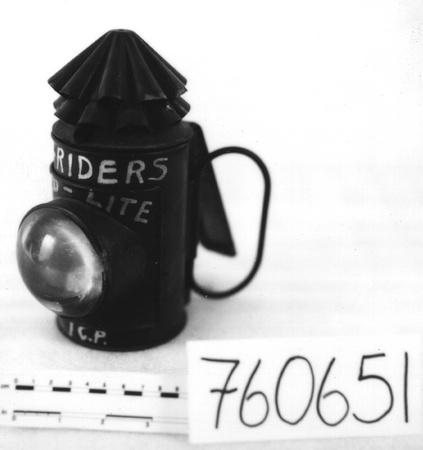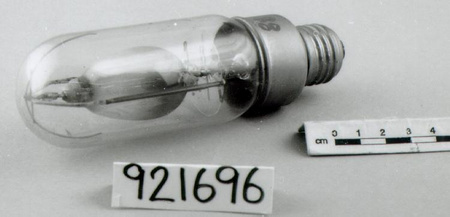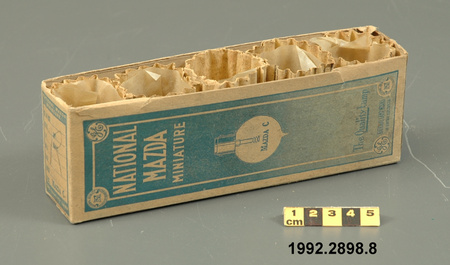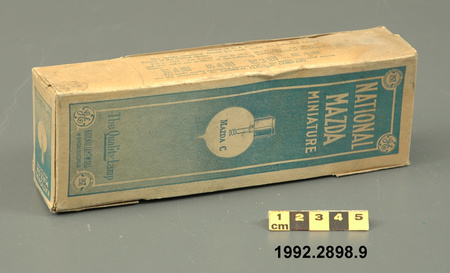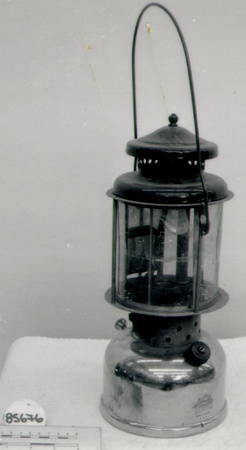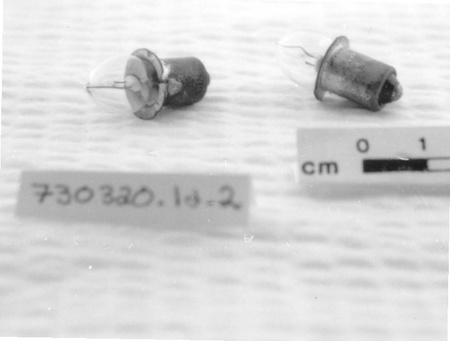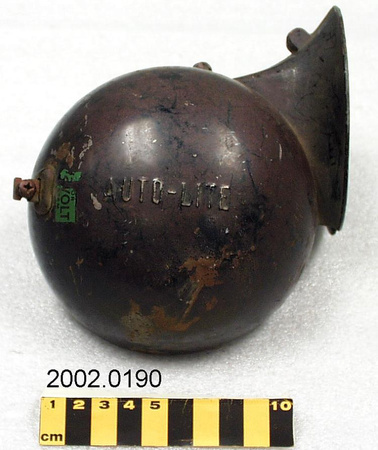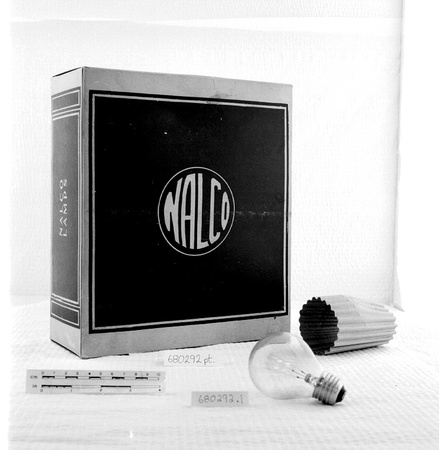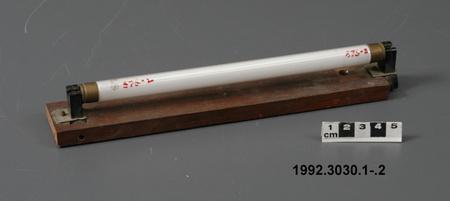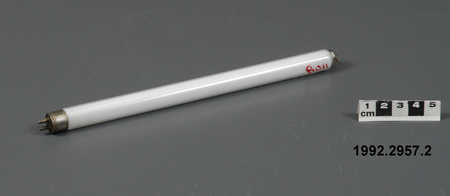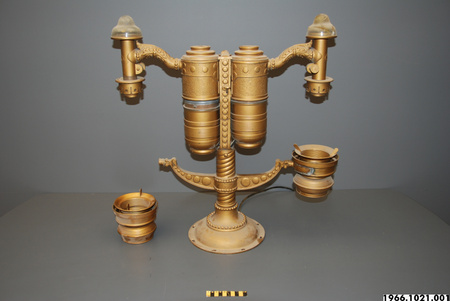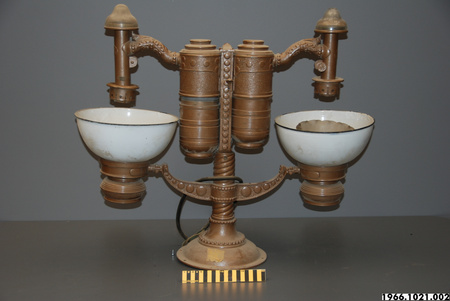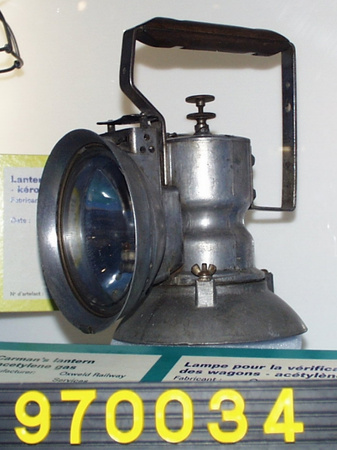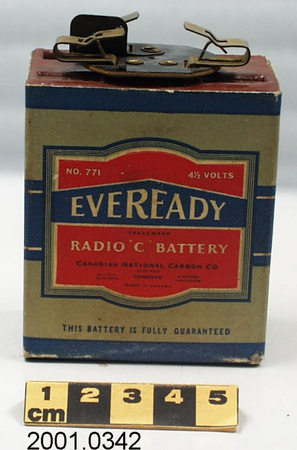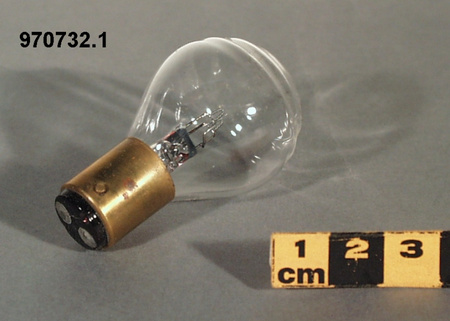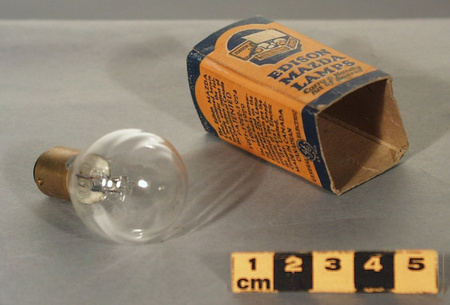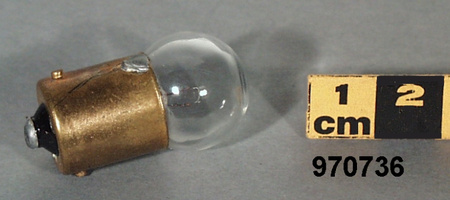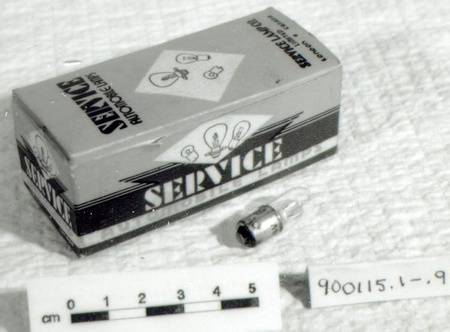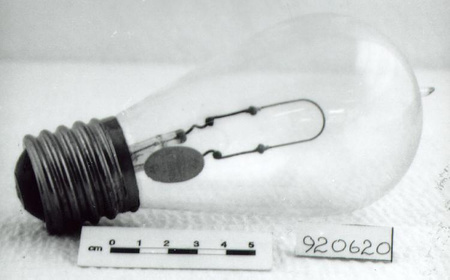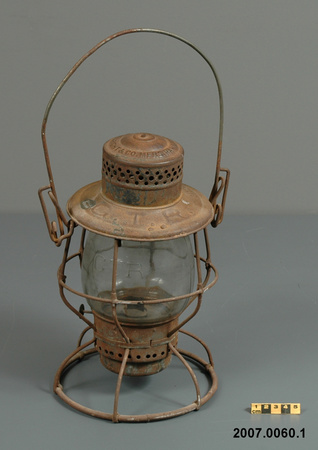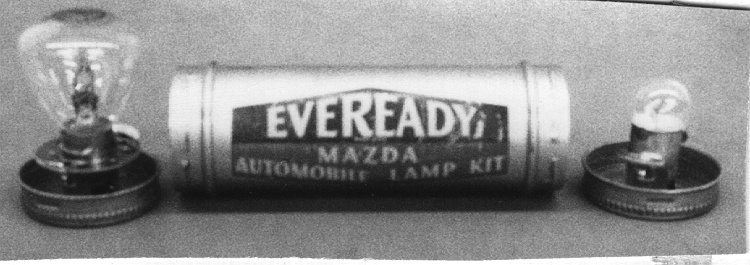Lamp bulb kit
Use this image
Can I reuse this image without permission? Yes
Object images on the Ingenium Collection’s portal have the following Creative Commons license:
Copyright Ingenium / CC BY-NC-ND (Attribution-NonCommercial 4.0 International (CC BY-NC 4.0)
ATTRIBUTE THIS IMAGE
Ingenium,
1974.0580.001
Permalink:
Ingenium is releasing this image under the Creative Commons licensing framework, and encourages downloading and reuse for non-commercial purposes. Please acknowledge Ingenium and cite the artifact number.
DOWNLOAD IMAGEPURCHASE THIS IMAGE
This image is free for non-commercial use.
For commercial use, please consult our Reproduction Fees and contact us to purchase the image.
- OBJECT TYPE
- AUTOMOBILE REPLACEMENT LAMP KIT
- DATE
- 1920
- ARTIFACT NUMBER
- 1974.0580.001
- MANUFACTURER
- National Carbon Co. Inc.
- MODEL
- EVEREADY - MAZDA
- LOCATION
- New York, New York, United States of America
More Information
General Information
- Serial #
- N/A
- Part Number
- 1
- Total Parts
- 3
- AKA
- N/A
- Patents
- N/A
- General Description
- Metal/glass
Dimensions
Note: These reflect the general size for storage and are not necessarily representative of the object's true dimensions.
- Length
- N/A
- Width
- N/A
- Height
- N/A
- Thickness
- N/A
- Weight
- N/A
- Diameter
- N/A
- Volume
- N/A
Lexicon
- Group
- Lighting Technology
- Category
- Lamp bulbs
- Sub-Category
- N/A
Manufacturer
- AKA
- National Carbon
- Country
- United States of America
- State/Province
- New York
- City
- New York
Context
- Country
- Unknown
- State/Province
- Unknown
- Period
- Unknown
- Canada
-
The bulbs are for a Model 'T' Ford, owned by the donor's father. - Function
-
Lamp Replacement kit holding 2 tubes. To provide replacement lamps for automobile headlights and probably interior or indicator lights . The headlamp provides light on the front of an automobile, both to make it visible to others and to allow those in the automobile to see in front of them in low visibility or bad weather. - Technical
-
The automobile replacement lamp kit is a good example of the type and quality of packaging in the 1920s. The National Carbon Company originally began as the Boulton Carbon Company in 1881 and was located in Cleveland, Ohio. The company manufactured carbon rods for arc lights, however in 1886, Washington H. Lawrence, an executive of the Brush Electric Company, reorganized Boulton Carbon and established the National Carbon Company. Between 1891 and 1906, National Carbon had acquired the carbon department from Brush Electric Co. and had purchased over 20 carbon and battery companies, which included the manufacturer of Eveready brand batteries. In 1899, National Carbon became incorporated and was considered an early leader in continuous industrial research. Union Carbide & Carbon Corp. merged with National Carbon in 1917 and acquired one of the most extensive industrial research laboratories in the United States (VanTassel and Grabowski, “National Carbon Co.”). The merger formed an industrial chemical powerhouse, which consisted of four companies: Union Carbide, National Carbon, Prest-O-Lite Company Inc., and Linde Air Products Company. In 1919, Union Carbon expanded its National Carbon and Prest-O-Lite facilities in Canada (Kepos: 516-520). National Carbon further developed the Eveready Battery line to include a variety of products, such as batteries for flashlights and radios, plastic products, and Prestone antifreeze (VanTassel and Grabowski, “National Carbon Co.”). National Carbon is credited with developing the first D-sized dry cell battery in 1898 (Eveready, “Battery History”). Under the Eveready brand, the first ‘AA’ and ‘AAA’ sized batteries were released in 1907 and 1911. Eveready was also the first to develop the first 9-volt battery, as well as the first alkaline battery in 1956 and 1957 (Eveready, “About Us”). In 1980, the Energizer alkaline battery was marketed to consumers, eventually leading to the formation of Energizer Holdings Inc. in 2000 (Pederson: 171-174). Headlamps: Before the advent of the automobile, horse drawn carriages were the primary mode of transportation. Candles and oil lamps were attached to the carriages in order to signal their presence. The automobile first appeared in the late 1880s but at first they were not equipped with lights; as a result, night time driving was not possible. The first lighting devices used on automobiles were oil (kerosene) lanterns, which served as a signal to other drivers of carriages and vehicles, as well as pedestrians. However, the oil lanterns did not illuminate the road, which was often in poor condition. In 1906, acetylene gas powered headlamps were introduced in the United States and were increasingly used by motorists; this type of lamp was manufactured until 1912 (Moore: 1-2). - Area Notes
-
Unknown
Details
- Markings
- Red and Blue logo: 'EVEREADY/ MAZDA/ AUTOMOBILE LAMP KIT'/ Below Logo is 'THIS KIT IS DESIGNED TO CONTAIN TWO AUTOMOBILE LAMPS OF ANY TYPE'
- Missing
- N/A
- Finish
- Silver painted tube with blue and red paint used in decorative detail/ container is in good condition
- Decoration
- N/A
CITE THIS OBJECT
If you choose to share our information about this collection object, please cite:
National Carbon Co. Inc., Lamp bulb kit, circa 1920, Artifact no. 1974.0580, Ingenium – Canada’s Museums of Science and Innovation, http://collection.ingenium.ca/en/id/1974.0580.001/
FEEDBACK
Submit a question or comment about this artifact.
More Like This

